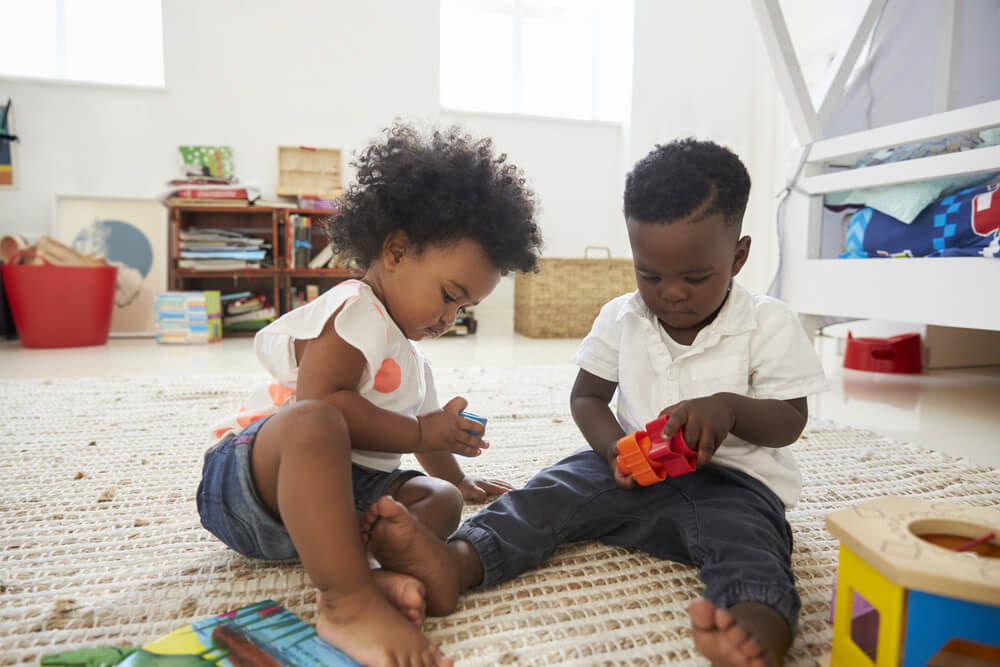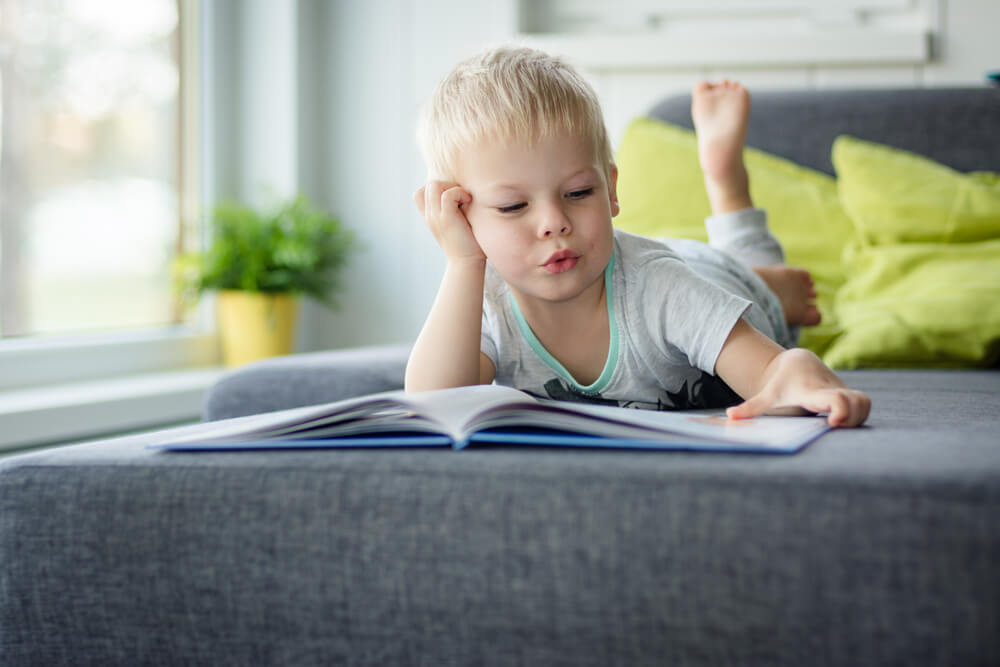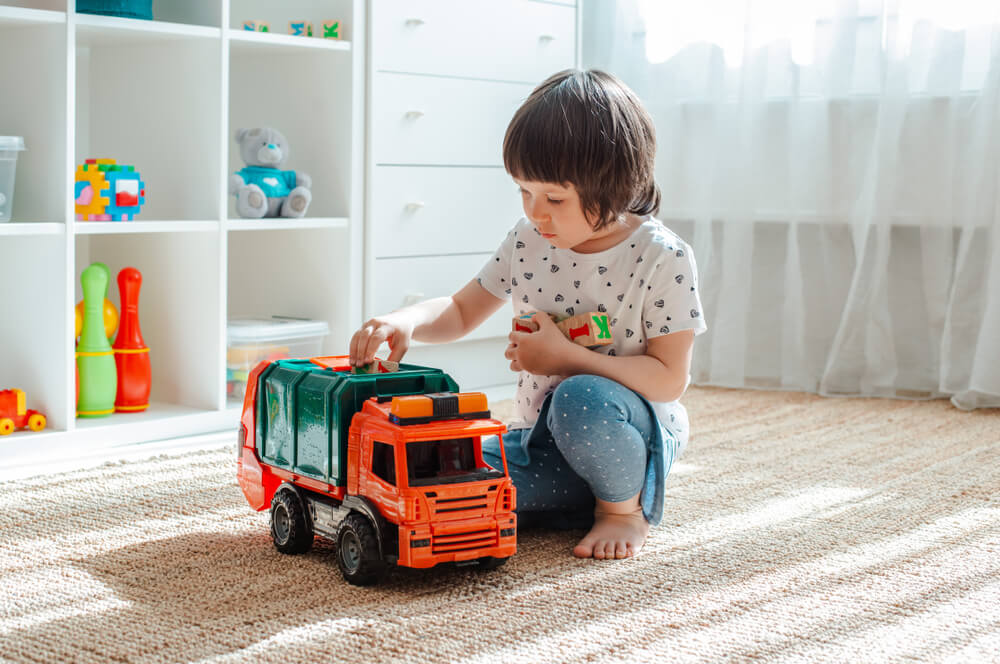Creativity is a sign that your child can solve problems and explore the world by finding inventive solutions. As a parent, you need to motivate your child to create their own imaginative play.
‘Being creative’ means using one’s imagination to come up with quirky yet intelligent solutions or create something new. It is one of the most valuable abilities human beings have and should be nurtured in the formative years.
This makes them confident and comfortable in sharing their ideas with others. Creativity enables children to develop problem-solving skills, strong executive functioning abilities, and improve academic performance.
Creativity is already present in every child; you need to give them the right tools to foster their creativity and nurture it at home and school. Choose one of the top schools in Baroda that empowers your child’s creative skills.
Are you still thinking, ‘Why does it matter?’.
Creativity is essential to beat academic challenges
‘Creative’ students tend to be more confident in their approach towards academic challenges, especially for the more difficult subjects. Your child starts developing a positive outlook in school which fuels their problem-solving skills.
When your child gets stuck on a problem, they start finding creative ways to solve, which builds their resilience and makes them more determinant in finding answers rather than getting discouraged.
Creativity plays a vital role in improving your child’s grades. Executive function skills play a crucial role in your child’s academic performance. This ability consists of a wide array of tools like time management and organisation skills that involves creative (or critical) thinking.
Critical thinking helps to solve a challenging math problem, perform proper analysis so that your child gets a deeper understanding of the varied aspects of the problem.
It helps in coming up with alternatives by thinking differently and be confident in tackling the problem. Nurturing creativity should start from home at an early age so that it becomes a habit.
We bring to you ways to nurture your child’s creativity at an early stage. Scroll down for more.
10 Ways to Nurture Your Child’s Vibrant Sense of Creativity at Home
1. Babies from birth to 18 months

Creativity in children from birth to 18 months is a bit difficult to recognise, but parents should keenly observe their babies. It may be when a baby struggles to listen to the sound of a squeaky toy and tries different ways to reach the toy — this the first step of imaginative thinking.
These expressions are limited by the child’s stage of motor and cognitive development. This means that your child can place blocks but cannot build a palace. Once your child gets on its feet, you will see the difference in their critical thinking. How to nurture their creative skills?
2. Give them time to find their own way.
If your baby asks for a toy, don’t rush in to give it right away. Give your baby some time to figure it out and reach it. The fact is that children love exploring how the world works on their own. This will give them the confidence to tackle the next problem and come up with more creative solutions. This makes them ready for future challenges.
3. Give access to creative play.
Confining your baby to a pile of toys is not a great idea. Give access to playing activities like fetching and moving without the baby exercise saucers and bouncy seats.
Place your child on the tummy and play creative games to keep the mind busy. Since your baby is used to being on the back, they may not like being on the belly. Get ready for all the cranky faces and loud cries the moment you place on the tummy.
4. 18 months and above

During this age, it would be easier to identify your child’s creative expression owing to their language skills and cognitive abilities. Your child will use various signals and innovative ways to identify their hunger, thirst and other discomforts.
In 24-36 months, your child will be able to express themselves in their own styles. The little trot will eventually understand music and groove to the beats or show positive expressions looking at identical people or objects.
Eventually, in the third year, they will be able to scribble on walls or mop the floor after observing you. It’s the perfect time when the imagination takes flight, and they start dressing their dolls and open the fridge to get supplies.
Never stop your child and allow them to explore the world on their little feet. You can also try the following to keep their creative juices flowing.
5. Motivate them to explore
Creativity doesn’t come with structured playtime and scheduled timetable; you have to let your child be free and discover their abilities on their own. Foster their creative spirits by giving them their free time.
Don’t scold them or try to cage them into time frames. Let them get their hands dirty in mud or roll for hours on your bedroom. Creativity comes like this!
Enrol your child in one of the top schools in Baroda to develop their sense of creativity!
6. Equip them with tools
Toddlers and preschoolers should be given loads of tools like colouring books, crayons, chalks, play dough, watercolours, baking equipment, and whatever they need to build or develop something of their own. Don’t worry about the mess created by them.
Buy them open-ended toys like blocks, building sets, dolls, toy animals, legos, etc. that can be passed on to the other generation. Also, they can be used in multiple ways and will encourage imaginative play. The best part about these toys is that they are timeless and limitless.
7. Say N-O to electronic toys.
Cause-and-effect toys like your talking teddy bear or a moving car have a specific response. This works well if you want to teach your child to follow directions. Unfortunately, these toys don’t engage their imaginations and are too noisy for your toddler. It is advisable to acquaint your child with old-fashioned wooden toys, puzzles, etc.
Not all electronic toys are bad for children; all we want to say is that refrain from relying on digital gadgets. Educate them with the traditional equipment first, anyway your child is going to learn more about it in school.
8. For children above 36 months
Children at this age are very expressive, and you may be shocked to see their creative facial expressions and how stubborn they can be to get a piece of chocolate.
Follow the same thing: Give them the freedom to explore to develop their creative thinking.
9. Give room for out-of-the-box ideas.
Ask your child just one question ‘What’s another way to solve this problem?’ or ‘How can you do this differently next time?’.
Children should get into the mindset where they feel they have various tools to accomplish what work they need to do. Your job is to put them into a cycle of thinking and encourage them to come up with creative solutions.
10. Ask open-ended questions
Shower with questions like:
1) How did you come to this conclusion?
2) What are the different answers to the questions?
3) What approach would you change you come to this same solution?
4) What was the most challenging thing?
5) How will you explain this to others?
Don’t go for yes/no questions; asking the above questions will encourage them to find answers on their own. This is the reason why competitive exams have open-ended questions to check your level of knowledge and critical thinking. Enrol your child in one of the top schools in Baroda that works in developing the creative side of your child.
11. Tell them it’s fine to be different.
Children should not be taught to accept things as they are. Instead, they should be encouraged to ask questions and bring in their own imagination.
Trees should not be green just because children are taught or see trees as green. While colouring a tree, ask your child to think about other alternatives to paint trees.
12. The simple rule is: Sky’s the limit!
This way of thinking will help your child to excel in academics. While dealing with difficult subjects, children need not follow the same techniques or methods taught by their teachers.
Create an environment where they are free to create their own methods. Taking a linear approach in academics is not necessary, allow them to keep their mind open for alternative solutions and creative methods.
13. A small note for teachers:
Teachers are considered to be the second parents of children. They are in a unique position to demand more from children and motivate them to learn and understand at their own pace.
Build a space wherein children are free to ask questions and experiment with new things. Try doing child-friendly things and communicate to understand their weaknesses and strengths.
If you have tried a new method of teaching, then ask for feedback and don’t be afraid of trying new things. Be patient with every child; not all can find their passion early in their lives. Inspire the ones who are still in the process of finding their passion and continue to mould their talents.
Parents and teachers play a significant role in nurturing the children and bringing out their creativity.
Nalanda International School is one of the top schools in Baroda equipped with an environment and child-friendly architecture that is suitable for the needs of every child. We strive hard to focus on the all-round development of the child in academics, activities and sports.


